Ernest is the greatest musician ever out of Jamaica. Jamaica has produced some pretty incredible musicians, jazz musicians, a lot of them, but I think Ernest is the best.
- Chris Blackwell, founder of Island Records
Our recent James Bond talk and the song The Look of Love, got me thinking of Dennis Brown’s Reggae song with the same title - summer always gets me thinking about Reggae. It was released in 1975 on Jamaican Brad Osbourne’s Clocktower Records out of his Bronx record store Brad's Record Den. Besides copying the title and the first two lines of lyrics, the song has little resemblance to Bacharach’s song. In 1994 Brown recorded Light My Fire, which featured one of the great Jamaican guitarists Ernest Ranglin, who celebrated his 92 birthday on June 19th.
This week on that Big River called Jazz, I’d like to honor Ernest Ranglin and wish him a belated Happy Birthday.
In grade school, I was digging the “Bond Sound” before I ever knew what jazz was. As I wrote many moons ago, the music I heard in the James Bond movies as a kid directly impacted my jazz journey. As it turns out, a James Bond movie also had a direct impact on the growth of Jamaican music not only in Jamaica but in London.
Based on the success of Monty Norman’s West End production Irma La Douce in London, the James Bond movie producers Albert Broccoli and Harry Saltzman tapped Norman to write the songs and underscore their first Bond movie, Dr. No.
He didn’t know much about Ian Fleming’s James Bond but decided to “give it a go.” He said, “Sun, sea, and sand…and a little bit of work. Great!” Norman and his wife, actress-singer Diana Coupland, joined the Dr. No team and flew into Kingston, Jamaica on Sunday, January 14, 1962.
At the time Dr. No was filmed in Jamaica, the music was still primarily jazz and Cuban-based and played for the benefit of tourists in bars at the island’s many grand hotels, like the Myrtle Bank Hotel:
For example, in the late 1950s and early 1960s, a typical song you might hear at the popular Myrtle Bank Hotel in Downtown Kingston sounded like this:
That was Linstead Market by Baba Motta and his Orchestra. Ernest Ranglin, a young guitarist from the Jamaican countryside was a member of Motta’s band. They played the fancy hotels every two weeks.
Luckily, the Dr. No team already included “location scout” Chris Blackwell, founder of Island Records, which he started in 1958 with an investment of $10,000 provided by his parents. Blackwell had been managing jukeboxes across the island and developed valuable networks within the music community.
Blackwell’s first Island Records release was Lance Haywood at the Half Moon Hotel Montego Bay, recorded in 1959 by Ken Khouri, the legendary pioneer of Jamaican music and owner of the Federal Recording Studio - one of Jamaica’s first recording studios:
This is the early release with Hayward’s name incorrectly shown as Haywood. At the time of this recording, Ranglin was a session guitarist for the Jamaica Broadcasting Corporation, playing on radio and later television broadcasts. Blackwell reached out and invited him to play on Side 2.
It was Ranglin’s connection with Blackwell that opened the door for him to play guitar and do the arrangements for the Dr. No recording sessions at the Federal Recording Studio. Here he is playing electric guitar backing Coupland, who sang Under The Mango Tree, a song that figured prominently in the movie:
Based on Dr. No’s success, within a year Blackwell’s Island Records had released 26 singles and two LPs. This was just the beginning of a long run of successes that later resulted in blockbusters by Bob Marley, Jimmy Cliff, Toots and the Maytals, and, of course, U2.
As legend has it, in 1958 Blackwell was sailing off Hellshire Beach when his boat hit a coral reef. He swam ashore and collapsed on the beach. He was rescued by Rasta fishermen and nursed back to health using traditional Ital food. This experience introduced him to the Rastafarian lifestyle and was a key factor in his cultivation of their music.
With Jamaica’s independence in August of 1962, Blackwell’s Island Records was in the perfect spot to document an important change in Jamaican music - the arrival of ska.
Blackwell attributes the origins of the ska sound to Fats Domino, who played a kind of “shuffle rhythm” and from that style emerged music that emphasized the upbeat rather than the downbeat. According to Ranglin, “To me the first ska tune that was ever done was Easy Snapping by Theo Beckford….that was really a tune that I did to mark the beginning of this new thing we were doing.”
This new music trend became very popular and soon all the recording studios picked up on the ska craze. It also coincided with the emergence of Sound Systems in Kingston, like Sister Igantius’ Mutt & Jeff (from last week):
Duke Reid’s Trojan:
and Clement “Coxsone” Dodd’s Downbeat:
Those things look killer! These Sound Systems fueled the post-independence dancehall craze; however, ska was much more than just dance music. It was an important development in Jamaican music that must be appreciated within the socio-cultural context of that time. These were the children of independence in Jamaica, and this was their music.
During the early 1960s, Ranglin was hired by Coxsone Dodd as the arranger at Studio One. After working on a two-week session with Jackie Opal, Ranglin and the house band decided to stay together, and formed the Skatellites. He also provided strong arrangements and guitar lines for Bob Marley's first two hits, Simmer Down and It Hurts To Be Alone.
In 1964, Blackwell invited Ranglin to join him in London, where he had a very successful engagement at Ronnie Scott’s Jazz Club. He also played guitar and arranged the hit song My Boy Lollipop, sung by Jamaican Millie Small, who had accompanied them to London:
Small's version of My Boy Lollipop sold over 7 million copies worldwide and helped to launch Blackwell’s Island Records into mainstream popular music. It remains one of the best-selling reggae/ska hits of all time.
My Boy Lollipop was a tremendous hit in the UK, and the ska craze now hit London. The Beatles even included the ska sound in the bridge of their 1964 song I Call Your Name:
Here’s one more for the road - a special one. Ranglin returned to Jamaica in 1965 and recorded a few great albums as a leader, like Guitar In Ernest:
From that album here is perhaps my favorite Ranglin tune, Angelima:
I always get a double bonus feeling when I hear this song - it reminds me of the theme song from the epic 1966 surf movie Endless Summer, which was recorded by The Sandals in 1964.
In 1973, Ernest Ranglin was awarded the Order of Distinction by the Jamaican government. Remarkably, he is still recording and in 2022 released the album Dean Fraser & Ernest Ranglin – Two Colors on the Jamaican independent label VP.
Happy belated-Birthday Ernst Ranglin!
Next week on that Big River called Jazz, we’ll dig our paddles into the waters of Devadip Carlos Santana.
Please hit this link to buy me a cup of coffee, if you’d like to show your guide some appreciation for this and past journeys. Know in advance that I thank you for your kindness and support.
If you like what you’ve been reading and hearing so far on our journey and would like to share this with someone you think might be interested in learning more about our great American art form: Jazz, just hit the “Share” button.
From Astaire to Sun Ra: A Jazz Journey is a reader-supported publication. If you feel so inclined, subscribe to my journey by hitting the “Subscribe now” button.
Also, find my playlist on Spotify: From Fred Astaire to Sun Ra.
Feel free to contact me at any time to talk shop. I welcome and encourage that.
Until then, keep on walking….

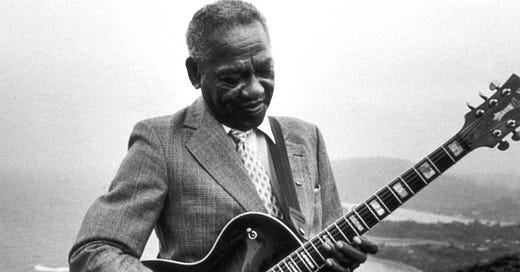



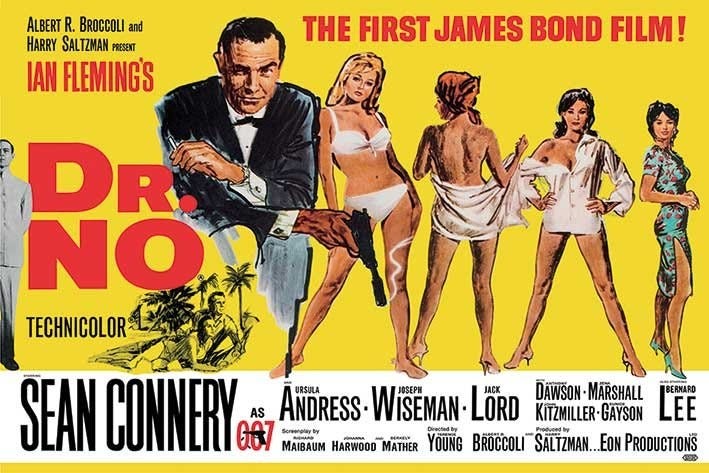
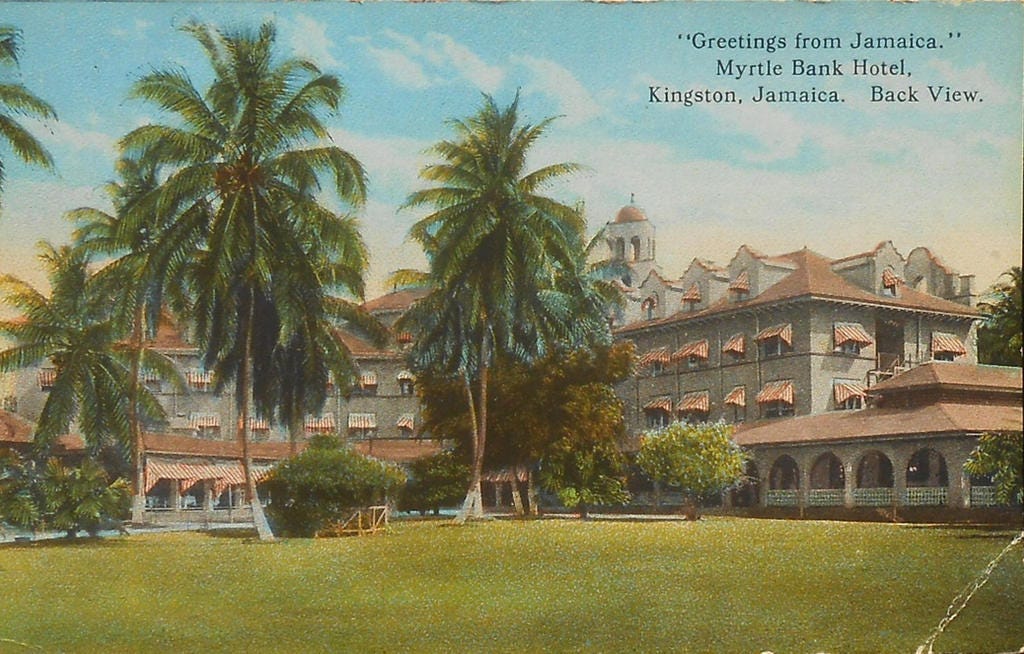
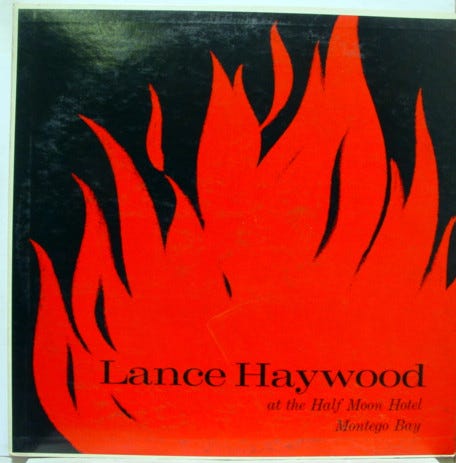
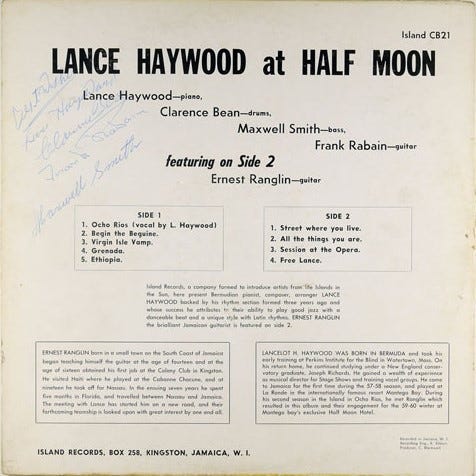
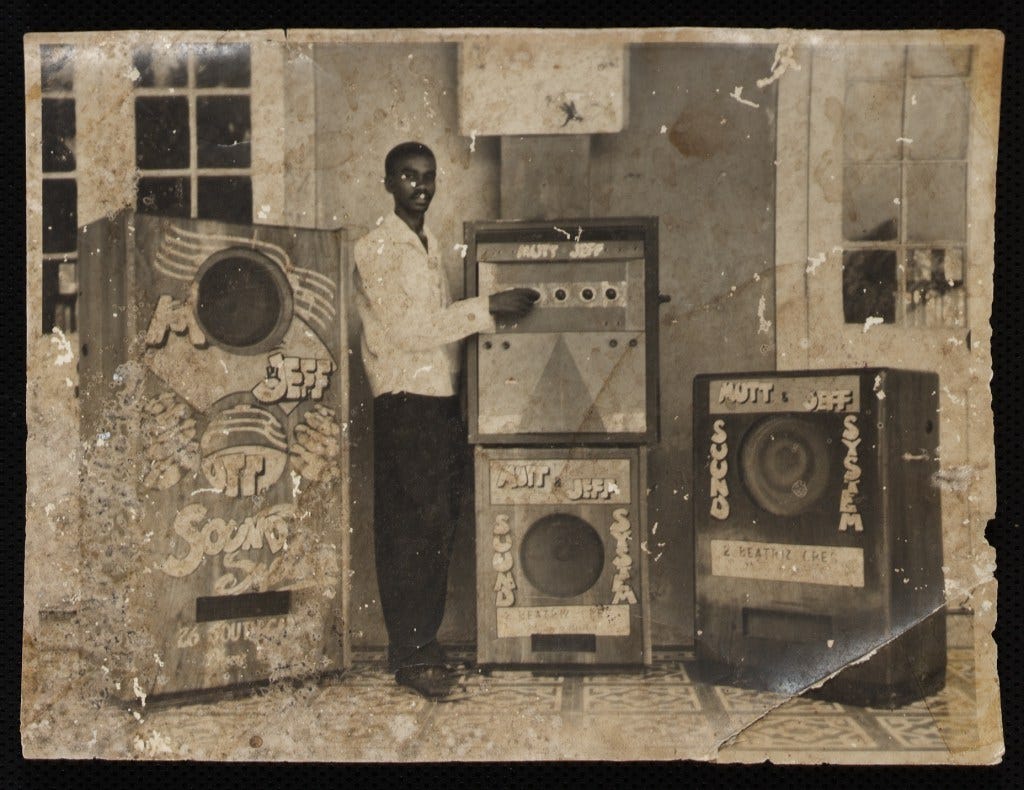
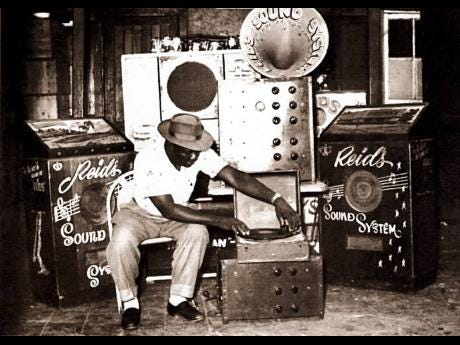
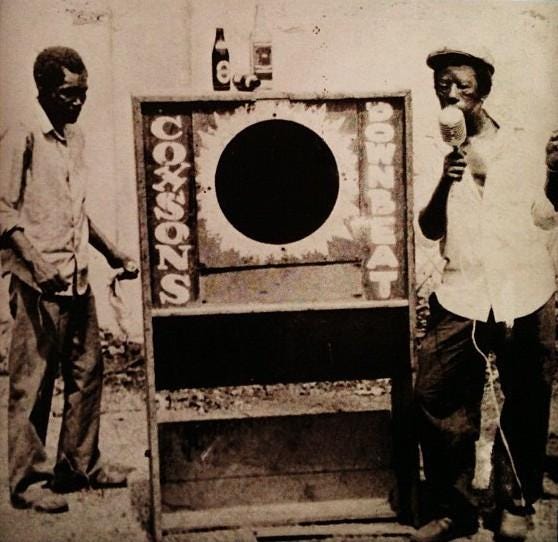
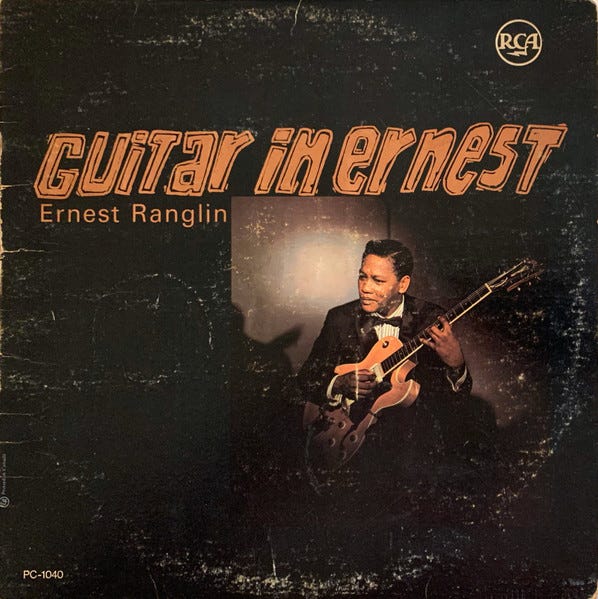
Thanks for walking with us, Prasanna. Late, as in Carlos is Devadip no more. But I see how that is misleading. I updated the post.
You are 100% correct and thank you for correcting me. I will update this now.
Thanks for walking with us, Erik and for reading carefully.